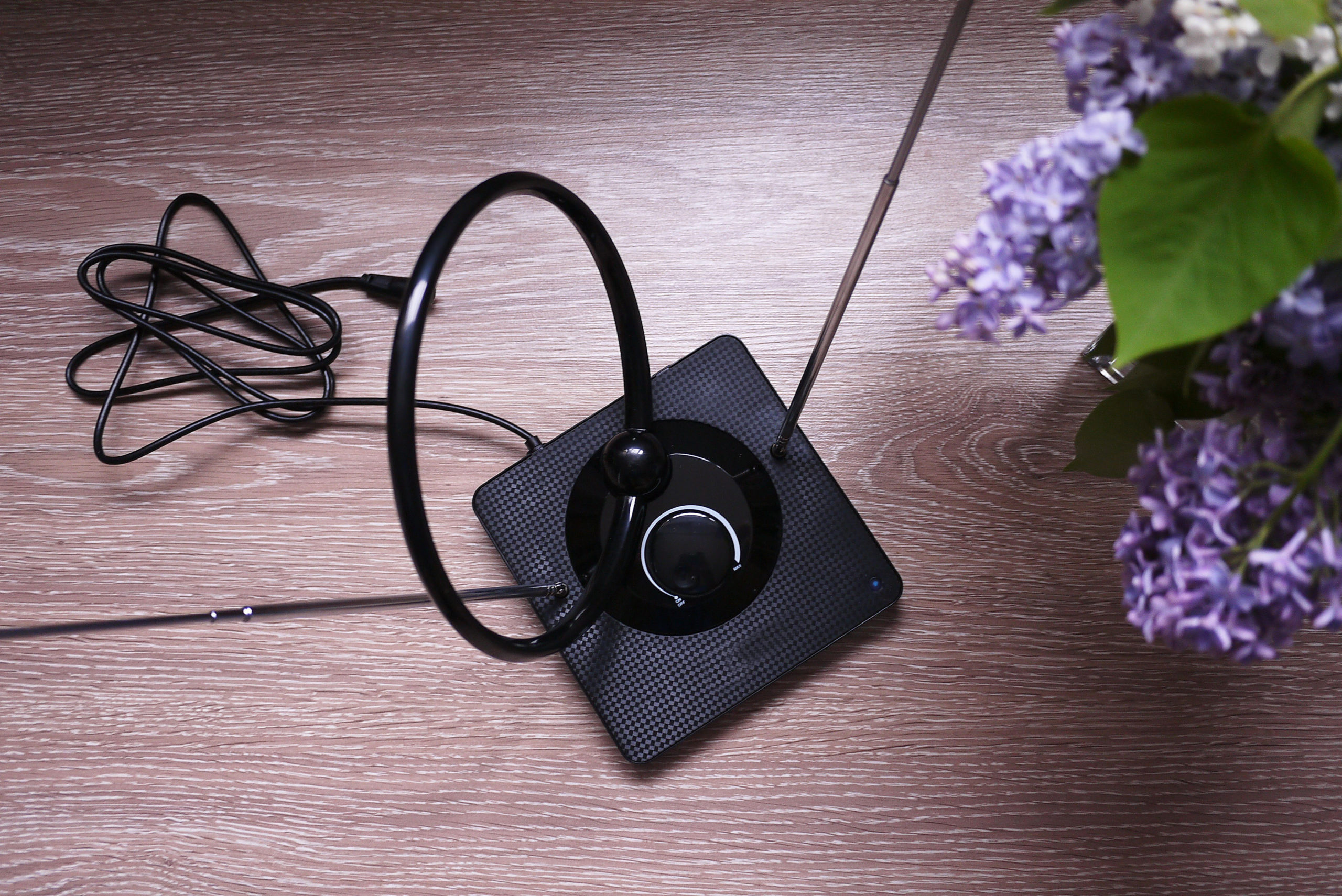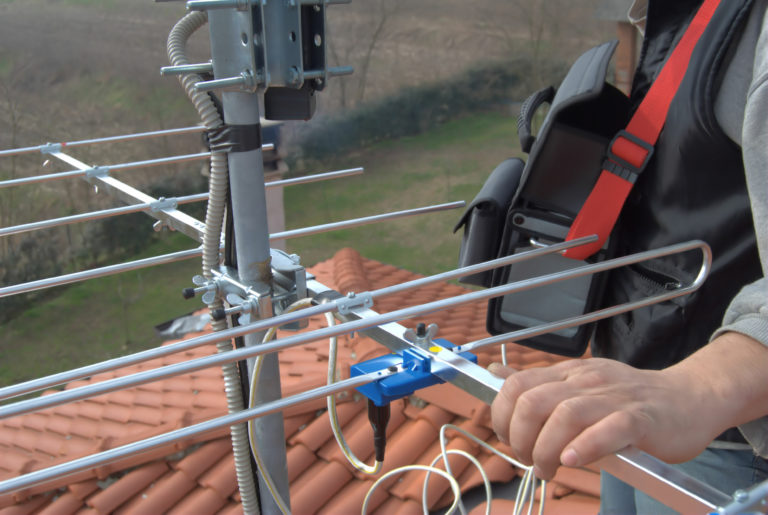TV antennas now offer way more than they used to, allowing you to save money and watch free TV without the headache of fidgeting with subpar giant rabbit ears. So whether you’re living in a city apartment or in a rural home, you can capture a good signal to watch the news, sports, sitcoms and more.
Digital antennas use uncompressed, 1080i over-the-air (OTA) broadcasts, which means it displays your shows using high-quality picture and sound. The antennas themselves come in different shapes and sizes, from small, flat squares that go next to your TV set to traditional roof-top antennas you’ve probably seen before.
Antennas might have a range from 35 to 150 miles. Depending on how close you are to TV towers, you may find an abundance of channels, including some Spanish stations. Antennas can receive all the major broadcast stations such as ABC, NBC, CBS, PBS, Fox, The CW and more. On top of that, many networks have subchannels. These are a by-product of when networks were required to change from analog to digital signals back in 2009. Content on these channels ranges from local high school athletic games to classic films to a nearby school’s dance recital.

Antennas Come In Many Varieties
The type of antenna you choose depends on what you’re looking for. You can find small modern antennas that blend in with your decor or large ones that are only visible on the outside of your house. Yet even then, although there is a sizable difference, they still won’t be monstrous. Indoor antennas are more discrete and can be mounted on small stands, a window or wall. Flat antennas are the most inconspicuous and can simply be mounted on a flat surface such as a window or wall. Lastly, amplified antenna bars, which often bear a resemblance to soundboards, can sit horizontally or stand vertically.
Once you install your antenna, you’ll want to make sure that you’re aiming it in the direction of TV broadcast towers. If you have any trouble receiving crystal clear reception, there are a few easy, low-cost add-ons you can try like adding a preamplifier, tuner box or attenuator. Of course, if you’d like to still record all your favorite shows to watch when it’s most convenient for you, rather than when they air, you can do that too. All you need is a DVR like Tablo.
How to Start Watching OTA TV
If you’d like to try installing an antenna and giving over-the-air TV a try, use this handy guide to help you get started. Most indoor antennas cost between $10-$40 while exterior antennas fall between $60-$150.
With a low barrier to entry and no recurring monthly costs, it’s easy to see why free TV is such a popular choice.
Added Perks
When bad weather strikes and cell phones and the internet aren’t working properly, antennas can be a saving grace, acting as a conduit for crucial information lifelines like local news and weather forecasts.
OTA TV is a win-win. When you don’t have to worry about paying monthly subscription fees, you can stack up the savings to reach financial goals that can help you pay down debt or retire earlier or take a much-needed vacation.





